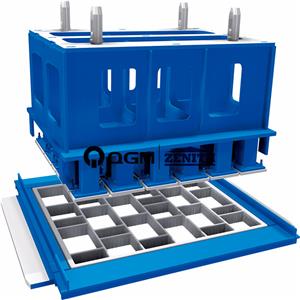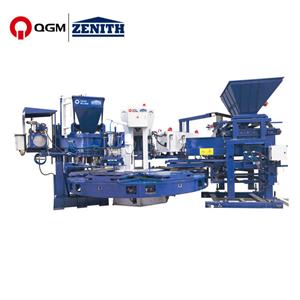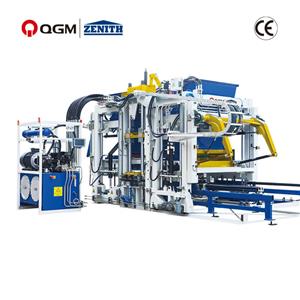Non-burned Block machine PLC control Cabinet Common Failure Causes and Detection Methods
At present, the non-burned block machine in the market is quite popular, and about its PLC control cabinet common fault causes and detection methods, the analysis is as follows.
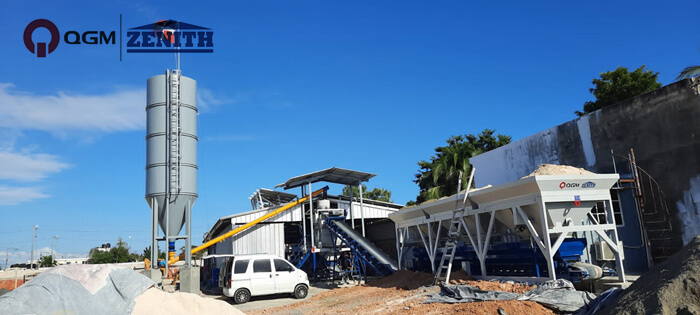
General fault detection steps: For analog signals, firstly, use a multimeter to measure the analog input signal sent to the PLC by the scene instrument or sensor is normal, if the input signal is normal and the data on the display is not normal, check the other analog input signal display is normal, it may be the PLC or controller of that input point has a fault.
Secondly, the digital switching input signal PLC, but the PLC does not respond or no display on the interface of the non-burned block machine, you can first use a multimeter to measure the input, if the switch input signal coming from outside is normal, then you can initially determine the PLC digital switching input point has a fault.
PLC digital switch signal is not output, you can manually trigger the switch with a button on the non-burned block making machine control display, if the switch output signal is still not output, then you can further determine the digital output point has a fault.
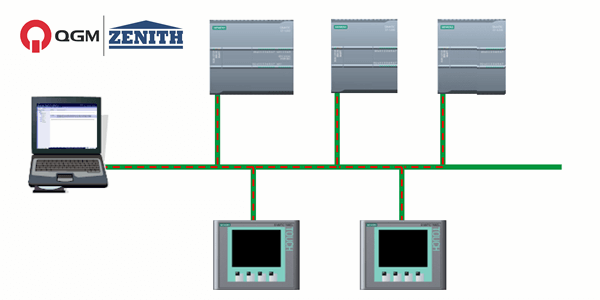
PLC routine maintenance methods: non-burned block machine equipment staff to open the cabinet to check, repair PCL or controller, first touch the ground with your hands to release static electricity, so as not to break through the motherboard, causing serious damage. In addition, when carrying out maintenance must be carried out by professional and technical personnel, so as not to cause user losses due to technical irregularities or operational errors.
The above is the non-burned block brick machine PLC control cabinet common causes of failure and detection methods, for reference only, but also welcome the industry's technical masters enthusiastically to interactive message to innovative proposals, together to share your years of experience dry goods.

